Samsung 5.0 cu. ft. Hi-Efficiency White Top Load Washing Machine with Active Water Jet, ENERGY STAR
Large 5.0 cu. ft. Capacity: Fewer loads in less time. Pairs best with Electric DVE50R5200W or Gas DVG50R5200W Dryer(s). Active WaterJet: Built-in water faucet for easy pretreating.
Samsungs top load washer has a large 5.0 cu. ft. capacity to help you fit more in every load and cut down on laundry time, leaving more time for you. Itis also equipped with Active WaterJeta built-in faucet that lets you pretreat stained clothes with a press of a button and an EZ Access tub design that allows you to easily reach the bottom of the washer tub, stretch free.
-
Large 5.0 cu. ft. Capacity – Fewer loads, less time in the laundry room, and more time doing the things you love. Save time, energy, and water
- Active WaterJet – Built-in water faucet lets you easily pretreat soiled or stained clothes with a press of a button
- New EZ Access tub design allows you to easily reach the bottom of the washer tub to remove your clothes after the cycle finishes
- Deep Fill -Choose to maximize the water level used during the washing cycle
- Smart Care -Easy troubleshooting from the convenience of your smartphone1
- VRT Plus Technology -Reduces noise and vibration for quiet washing
- Swirl+ Tub Interior -Improved tub pattern extracts more water more quickly
- Self Clean -Keeps your washer tub fresh and clean
- Soft-Close Lid -Closes smoothly, safely, and silently
- ENERGY STAR Certified -Eco-friendly and energy-efficient
- Accessibility (AUI, Braille) -Designed for easy use for everyone
- 10 Preset Washing Cycles -More cycles to best suit your washing needs
- 7 Additional Washing Options -Further options to enhance your washing cycle, providing optimal care for all fabric types
- 5 Temperature Levels -Select the ideal temperature to wash your clothes gently and thoroughly
- Matching Dryer: DVE50R5200W (Electric), DVG50R5200W (Gas)
- Requires Samsung Smart Washer/Dryer App. The Samsung Smart Washer/Dryer app supports Android OS 2.3.6 or later and iOS 3 or later for iPhone models. Smart Washer/Dryer App available in App Store and Play Store
Additional information
| Capacity - Washer (cu. ft.) | 5 |
|---|---|
| Height With Lid Open 90 Degrees (In) | 58.1 |
| Product Depth x Height x Width (in.) | 29.4 x 44.6 x 27.5 |
| Certifications and Listings | Energy Star,UL Listed |
| Manufacturer Warranty | One (1) Year Parts and Labor. Three (3) Years Stainless Steel Tub (Part Only). Ten (10) Years Direct Drive Motor (Part Only/0 |
0 (zero) is a number representing an empty quantity. Adding 0 to any number leaves that number unchanged. In mathematical terminology, 0 is the additive identity of the integers, rational numbers, real numbers, and complex numbers, as well as other algebraic structures. Multiplying any number by 0 has the result 0, and consequently, division by zero has no meaning in arithmetic.
As a numerical digit, 0 plays a crucial role in decimal notation: it indicates that the power of ten corresponding to the place containing a 0 does not contribute to the total. For example, "205" in decimal means two hundreds, no tens, and five ones. The same principle applies in place-value notations that uses a base other than ten, such as binary and hexadecimal. The modern use of 0 in this manner derives from Indian mathematics that was transmitted to Europe via medieval Islamic mathematicians and popularized by Fibonacci. It was independently used by the Maya.
Common names for the number 0 in English include zero, nought, naught (), and nil. In contexts where at least one adjacent digit distinguishes it from the letter O, the number is sometimes pronounced as oh or o (). Informal or slang terms for 0 include zilch and zip. Historically, ought, aught (), and cipher have also been used.
5 (five) is a number, numeral and digit. It is the natural number, and cardinal number, following 4 and preceding 6, and is a prime number. It has garnered attention throughout history in part because distal extremities in humans typically contain five digits.
Five is the third-smallest prime number, and the second super-prime, since its prime index is prime. Notably, 5 is equal to the sum of the only consecutive primes 2 + 3 and it is the only number that is part of more than one pair of twin primes, (3, 5) and (5, 7), also making it the first balanced prime with equal-sized prime gaps above and below it (of 2). 5 is the first safe prime where for a prime is also prime (2), and the first good prime, since it is the first prime number whose square (25) is greater than the product of any two primes at the same number of positions before and after it in the sequence of primes (i.e., 3 × 7 = 21 and 11 × 2 = 22 are less than 25). 11, the fifth prime number, is the next good prime, that also forms the first pair of sexy primes with 5. More significantly, the fifth Heegner number that forms an imaginary quadratic field with unique factorization is also 11 (and the first repunit prime in decimal, a base in-which five is also the first non-trivial 1-automorphic number).
Five is also the second Fermat prime, and the third Mersenne prime exponent, as well as the fourth or fifth Fibonacci number. It is also an Eisenstein prime (like 11) with no imaginary part and real part of the form . It is the first congruent number, as well as the length of the hypotenuse of the smallest integer-sided right triangle, making part of the smallest Pythagorean triple (3, 4, 5). The regular five-sided pentagon is the first regular polygon that does not tile the plane with copies of itself, and it is the largest face that a regular three-dimensional regular Platonic solid can have, as represented in the regular dodecahedron. In general, a conic curve will requires five points in the same way that two points are needed to determine a line.
Efficiency is the often measurable ability to avoid making mistakes or wasting materials, energy, efforts, money, and time while performing a task. In a more general sense, it is the ability to do things well, successfully, and without waste.
In more mathematical or scientific terms, it signifies the level of performance that uses the least amount of inputs to achieve the highest amount of output. It often specifically comprises the capability of a specific application of effort to produce a specific outcome with a minimum amount or quantity of waste, expense, or unnecessary effort. Efficiency refers to very different inputs and outputs in different fields and industries. In 2019, the European Commission said: "Resource efficiency means using the Earth's limited resources in a sustainable manner while minimising impacts on the environment. It allows us to create more with less and to deliver greater value with less input."
Writer Deborah Stone notes that efficiency is "not a goal in itself. It is not something we want for its own sake, but rather because it helps us attain more of the things we value."
A machine is a physical system that uses power to apply forces and control movement to perform an action. The term is commonly applied to artificial devices, such as those employing engines or motors, but also to natural biological macromolecules, such as molecular machines. Machines can be driven by animals and people, by natural forces such as wind and water, and by chemical, thermal, or electrical power, and include a system of mechanisms that shape the actuator input to achieve a specific application of output forces and movement. They can also include computers and sensors that monitor performance and plan movement, often called mechanical systems.
Renaissance natural philosophers identified six simple machines which were the elementary devices that put a load into motion, and calculated the ratio of output force to input force, known today as mechanical advantage.
Modern machines are complex systems that consist of structural elements, mechanisms and control components and include interfaces for convenient use. Examples include: a wide range of vehicles, such as trains, automobiles, boats and airplanes; appliances in the home and office, including computers, building air handling and water handling systems; as well as farm machinery, machine tools and factory automation systems and robots.
Samsung Group (Korean: 삼성; Hanja: 三星; RR: samseong [samsʌŋ]; stylized as SΛMSUNG) is a South Korean multinational manufacturing conglomerate headquartered in Samsung Digital City, Suwon, South Korea. It comprises numerous affiliated businesses, most of them united under the Samsung brand, and is the largest South Korean chaebol (business conglomerate). As of 2020, Samsung has the world's eighth-highest brand value.
Samsung was founded by Lee Byung-chul in 1938 as a trading company. Over the next three decades, the group diversified into areas including food processing, textiles, insurance, securities, and retail. Samsung entered the electronics industry in the late 1960s and the construction and shipbuilding industries in the mid-1970s; these areas would drive its subsequent growth. Following Lee's death in 1987, Samsung was separated into five business groups – Samsung Group, Shinsegae Group, CJ Group and Hansol Group, and JoongAng Group.
Notable Samsung industrial affiliates include Samsung Electronics (the world's largest information technology company, consumer electronics maker and chipmaker measured by 2017 revenues), Samsung Heavy Industries (the world's second largest shipbuilder measured by 2010 revenues), and Samsung Engineering and Samsung C&T Corporation (respectively the world's 13th and 36th largest construction companies). Other notable subsidiaries include Samsung Life Insurance (the world's 14th largest life insurance company), Samsung Everland (operator of Everland Resort, the oldest theme park in South Korea) and Cheil Worldwide (the world's 15th largest advertising agency, as measured by 2012 revenues).
Top most commonly refers to:
- Top, a basic term of orientation, distinguished from bottom, front, back, and sides
- Spinning top, a ubiquitous traditional toy
- Top (clothing), clothing designed to be worn over the torso
- Mountain top, a mountain peak located at some distance from the nearest point of higher elevation
Top may also refer to:
Washing is a method of cleaning, usually with water and soap or detergent. Regularly washing and then rinsing both body and clothing is an essential part of good hygiene and health.
Often people use soaps and detergents to assist in the emulsification of oils and dirt particles so they can be washed away. The soap can be applied directly, or with the aid of a washcloth.
People wash themselves, or bathe periodically for religious ritual or therapeutic purposes or as a recreational activity.
In Europe, some people use a bidet to wash their external genitalia and the anal region after using the toilet, instead of using toilet paper. The bidet is common in predominantly Catholic countries where water is considered essential for anal cleansing.
More frequent is washing of just the hands, e.g. before and after preparing food and eating, after using the toilet, after handling something dirty, etc. Hand washing is important in reducing the spread of germs. Also common is washing the face, which is done after waking up, or to keep oneself cool during the day. Brushing one's teeth is also essential for hygiene and is a part of washing.
'Washing' can also refer to the washing of clothing or other cloth items, like bedsheets, whether by hand or with a washing machine. It can also refer to washing one's car, by lathering the exterior with car soap, then rinsing it off with a hose, or washing cookware.
Excessive washing may damage the hair, causing dandruff, or cause rough skin/skin lesions.
Water is an inorganic compound with the chemical formula H2O. It is a transparent, tasteless, odorless, and nearly colorless chemical substance, and it is the main constituent of Earth's hydrosphere and the fluids of all known living organisms (in which it acts as a solvent). It is vital for all known forms of life, despite not providing food energy or organic micronutrients. Its chemical formula, H2O, indicates that each of its molecules contains one oxygen and two hydrogen atoms, connected by covalent bonds. The hydrogen atoms are attached to the oxygen atom at an angle of 104.45°. In liquid form, H2O is also called "Water" at standard temperature and pressure.
Because Earth's environment is relatively close to water's triple point, water exists on Earth as a solid, a liquid, and a gas. It forms precipitation in the form of rain and aerosols in the form of fog. Clouds consist of suspended droplets of water and ice, its solid state. When finely divided, crystalline ice may precipitate in the form of snow. The gaseous state of water is steam or water vapor.
Water covers about 71% of the Earth's surface, with seas and oceans making up most of the water volume (about 96.5%). Small portions of water occur as groundwater (1.7%), in the glaciers and the ice caps of Antarctica and Greenland (1.7%), and in the air as vapor, clouds (consisting of ice and liquid water suspended in air), and precipitation (0.001%). Water moves continually through the water cycle of evaporation, transpiration (evapotranspiration), condensation, precipitation, and runoff, usually reaching the sea.
Water plays an important role in the world economy. Approximately 70% of the fresh water used by humans goes to agriculture. Fishing in salt and fresh water bodies has been, and continues to be, a major source of food for many parts of the world, providing 6.5% of global protein. Much of the long-distance trade of commodities (such as oil, natural gas, and manufactured products) is transported by boats through seas, rivers, lakes, and canals. Large quantities of water, ice, and steam are used for cooling and heating in industry and homes. Water is an excellent solvent for a wide variety of substances, both mineral and organic; as such, it is widely used in industrial processes and in cooking and washing. Water, ice, and snow are also central to many sports and other forms of entertainment, such as swimming, pleasure boating, boat racing, surfing, sport fishing, diving, ice skating, snowboarding, and skiing.
White is the lightest color and is achromatic (having no hue). It is the color of objects such as snow, chalk, and milk, and is the opposite of black. White objects fully reflect and scatter all the visible wavelengths of light. White on television and computer screens is created by a mixture of red, blue, and green light. The color white can be given with white pigments, especially titanium dioxide.
In ancient Egypt and ancient Rome, priestesses wore white as a symbol of purity, and Romans wore white togas as symbols of citizenship. In the Middle Ages and Renaissance a white unicorn symbolized chastity, and a white lamb sacrifice and purity. It was the royal color of the kings of France, and of the monarchist movement that opposed the Bolsheviks during the Russian Civil War (1917–1922). Greek temples and Roman temples were faced with white marble, and beginning in the 18th century, with the advent of neoclassical architecture, white became the most common color of new churches, capitols and other government buildings, especially in the United States. It was also widely used in 20th century modern architecture as a symbol of modernity and simplicity.
According to surveys in Europe and the United States, white is the color most often associated with perfection, the good, honesty, cleanliness, the beginning, the new, neutrality, and exactitude. White is an important color for almost all world religions. The pope, the head of the Roman Catholic Church, has worn white since 1566, as a symbol of purity and sacrifice. In Islam, and in the Shinto religion of Japan, it is worn by pilgrims. In Western cultures and in Japan, white is the most common color for wedding dresses, symbolizing purity and virginity. In many Asian cultures, white is also the color of mourning.
With or WITH may refer to:
- With, a preposition in English
- Carl Johannes With (1877–1923), Danish doctor and arachnologist
- With (character), a character in D. N. Angel
- With (novel), a novel by Donald Harrington
- With (album), a 2014 album by TVXQ
- With (EP), a 2021 EP by Nam Woo-hyun

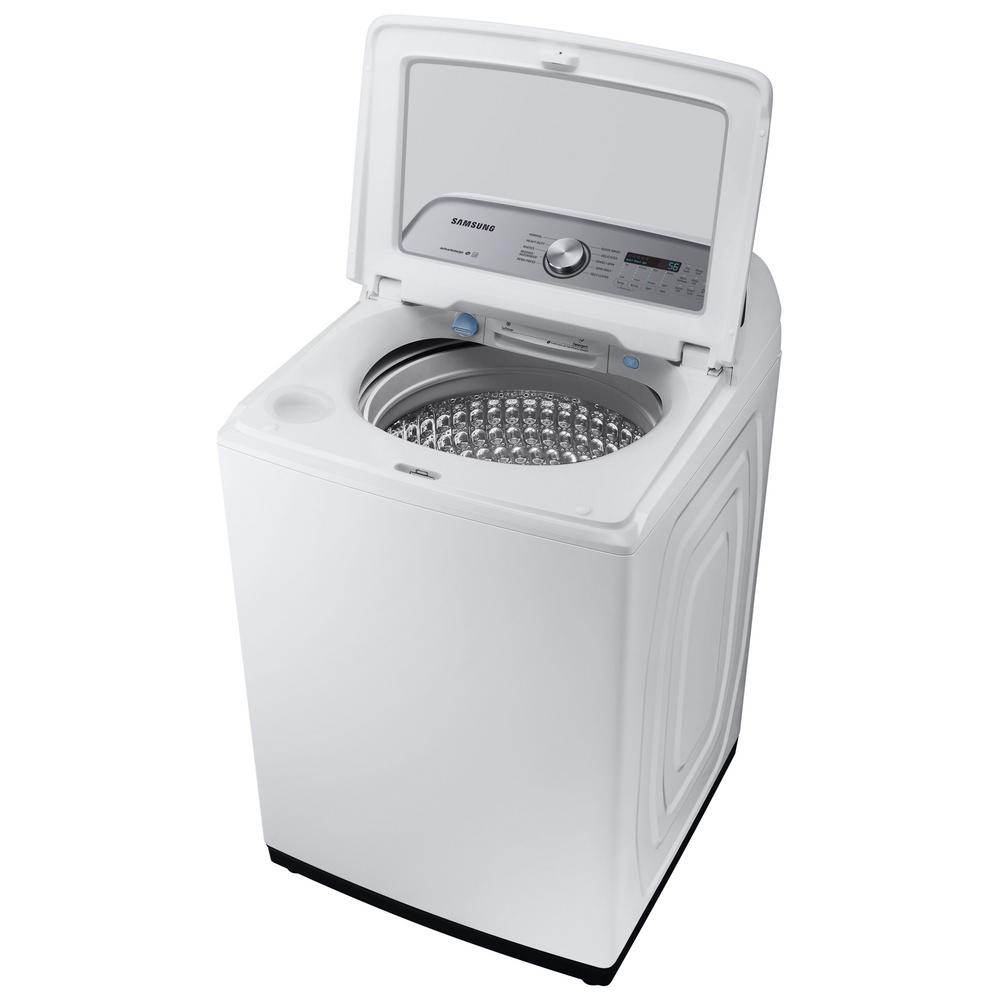
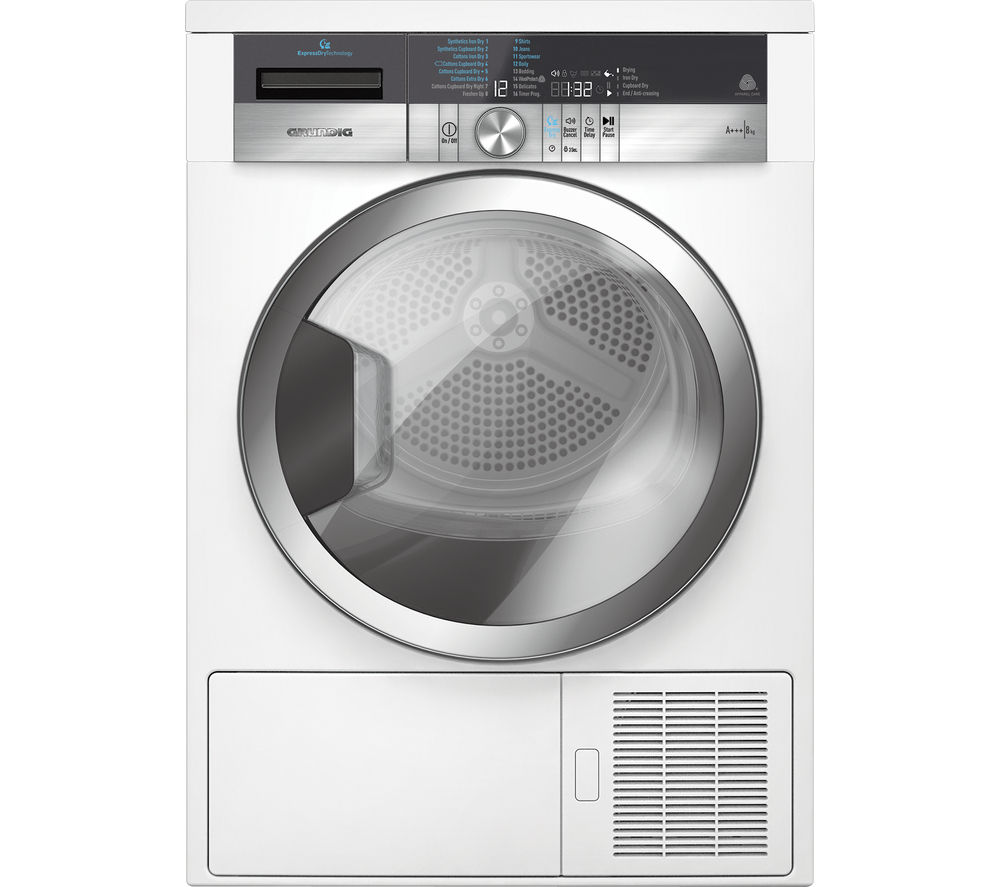
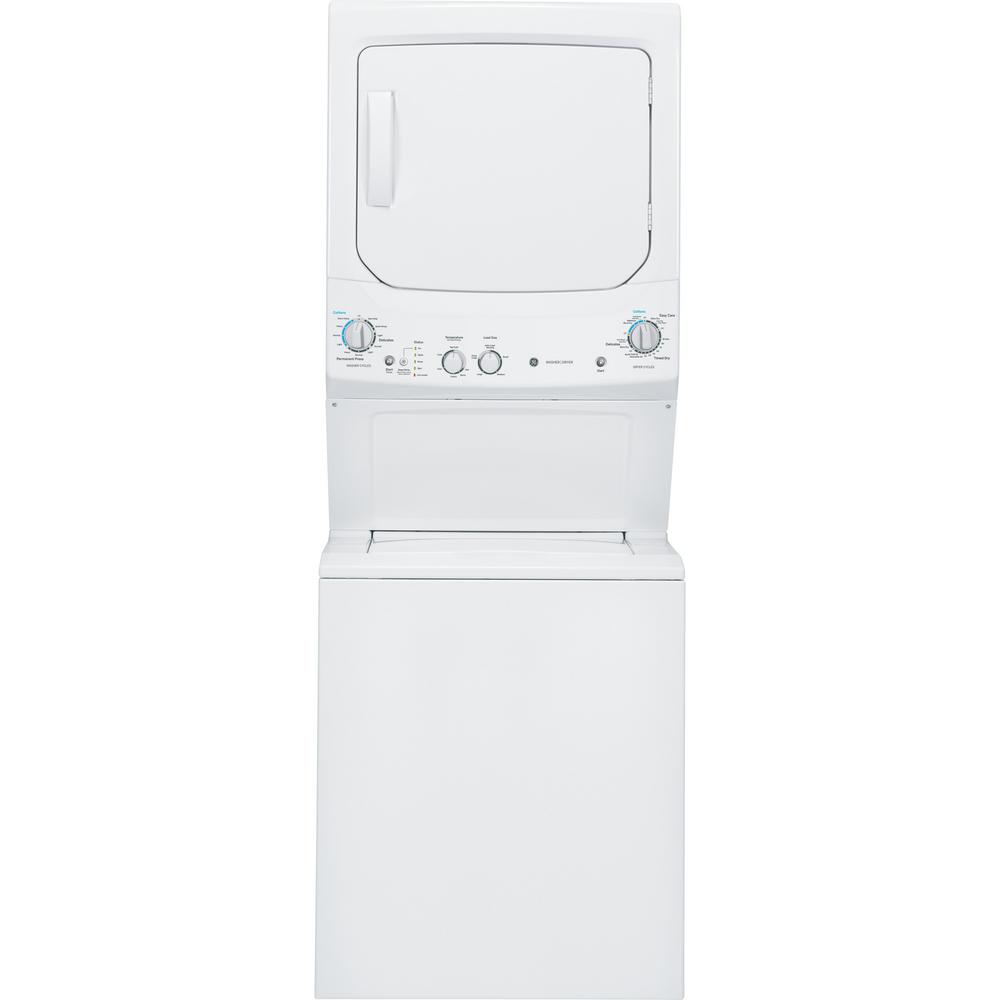
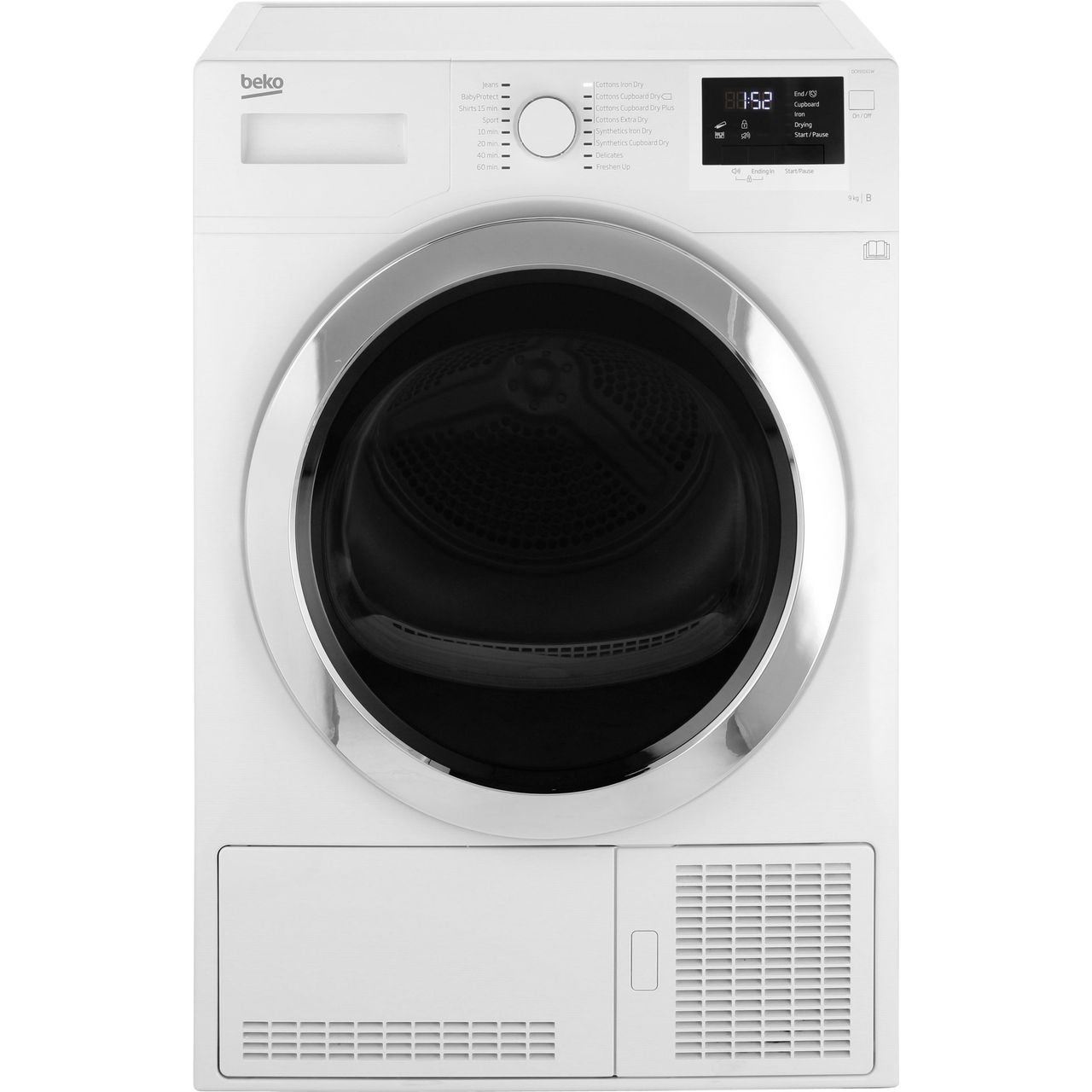
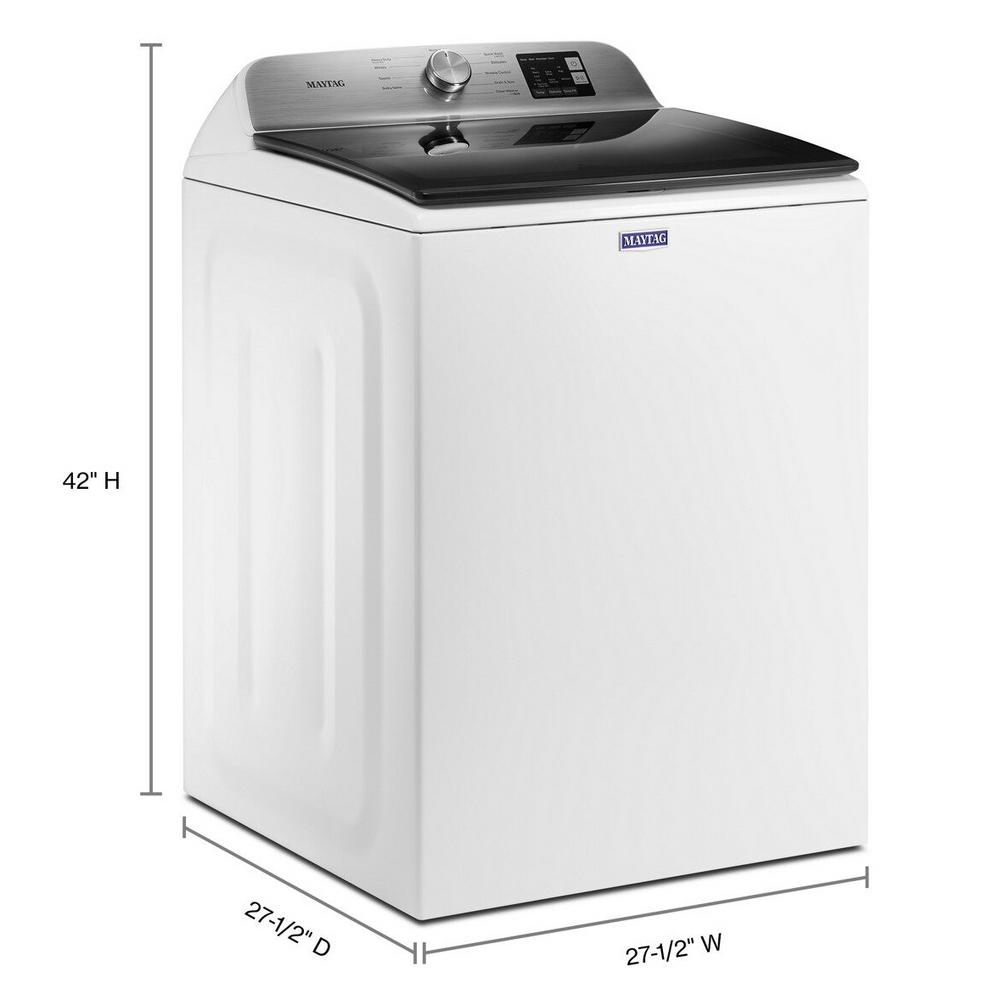
by Andrea
Me and my family got this washer over 2 months and we been basically using it every day and we never fill all the way for fears the washer will stop because of the heavy loads but its great with clothing with good features on the motherboard that indicates what your washer has and need so when it pauses 4C it means water pressure is low or high so it tells you all the codes in the manual so read it! Very quiet as well which is nice and the only problem so far is with bed covers it gets soaked and heavy so to the point that it stops the washer so becareful with heavy beds covers just do one at a time because me and my family are scared it will break down like our LG has which resorted in us buying this. Recommend for small loads but heavy bed covers is definitely something to load a little bit on but we are desperate for a washer so we need this is a pandemic. Will update in more months of use. Fingers crossed this machine stays in my family for a long time!! God i hope so!
by Teka
This washer works great. It is easy to use and is very quiet. Really pleased with this purchase.
by Stacy
I was nervous buying a new washer after my 30 yr old unit kicked the bucket. I put together some pros and cons from the last 8 months i’ve owned it. PROS: *Capacity is huge. I wash all my comforters and sleeping bags at home instead of going to the laundrymat. *Uses less water but the clothes come out clean. *Deep fill selection. *Water spout in the machine to rinse out detergent cups. *Delicates haven’t torn, ripped, or stretched. *Reminder to run the cleaning cycle. CONS: *If you change wash selections in the middle of the cycle the washer wont just switch over. The washer spins the water out and starts over with the new cycle. *The glass top fogs up. *The end cycle arounds are annoying and long. I’m sure there is a way to change it.
by Kandy
We have had this washer for a month now and I’m so in love with it! I am 5’1” and Although I have to get on my toes to grab stuff out of it I love being able to put a big blanket inside it with no trouble. How deep it is really does not bother me at all. One little detail I really love is how the lid doesn’t slam shut, it slowly closes. I am very very pleased with my product!
by Ylaliz
My old ge washer had been shaking for some time. I finally convinced my husband to get a new one He wanted to buy a lower model but, like I told him I do the laundry for 5 people, I need a really heavy duty washer. This washer is that and more. I love all the different settings and features. You can hook it up to the app. I like the music it makes when its done. Overall, great buy.
by Theresa
The washer is great looking, easy to read, and easy to use. My wife and I are still getting use to the beginning of the wash cycle, it does that pre-check. The capacity is great. I was able to wash a comforter with no problems. The soap tray is a little awkward but isn’t a deal breaker. Just something you would get use to. It seems to do a great job cleaning the clothes and comforter. No soap residue or any sign that it wasn’t cleaned. I do like that it shows the time for the cycle. There is plenty of preset options to choose from without seeming overwhelming. The see thru lid is also a really nice touch, so you can see how things are going. Overall the wife and I are very pleased with this washing machine. Should be a contender on your list for your next washing machine.
by Cooper
Love that it is so big and does not have an agitator. So quiet. The little tune it plays when cycle is complete is a nice touch.